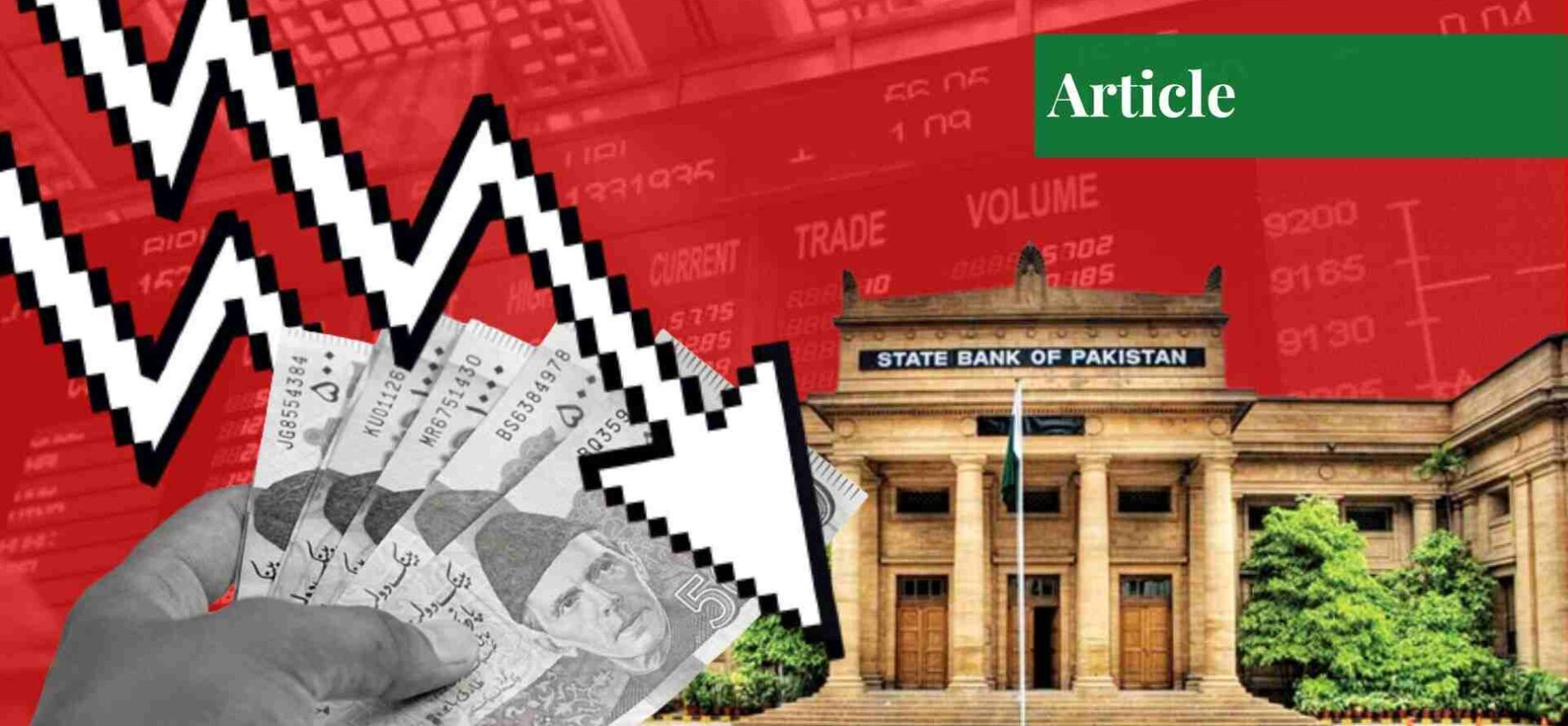Introduction
Various countries have disparate policies and regulations governing their currency rate. Pakistan, in particular, has its currency managed by the State Bank of Pakistan which was authorized by the Foreign Exchange Act of 1947.
Open Market Rates
The open market rate is the prevailing exchange rate of a currency in the foreign exchange market. In the open market, buyers and sellers freely engage in currency exchange with several factors affecting the rate.
The determining factors include supply and demand dynamics, interest rates, inflation, and political instability. If any one of these significantly increases or decreases, it will directly impact the open market rate which will accordingly depreciate or appreciate.
Interbank Rates
Interbank rates are rates at which banks and financial institutions exchange currencies with each other. These rates are used as benchmarks to set exchange rates in various transactions. However, currency exchange rate providers and financial institutions add a margin to the interbank rate for individual profit and loss expenditures.
Moreover, the interbank rates are a direct reflection of market expectations and sentiments. Thus, influencing the supply and demand dynamics.
Exchange Rate Caps
Exchange rate caps, also referred to as currency pegs, are implemented by the government or bank to maintain a specific value for their country’s currency. It influences the overall exchange rate by demonstrating stability and predictability.
Investors are provided confidence and surety that the exchange rate of a currency will remain stable over the course of their investment. Additionally, the exchange rate cap can help with the inflation prevailing in a country by stabilizing the currency at a certain value to prevent an increase in prices.
Pakistan’s Depreciating Currency
Pakistan’s currency has been gradually depreciating over the course of several years. In 2023, the currency exchange rate significantly depreciated from 226.75 rupees on 31st December 2022, against the US dollar to 295 rupees on 23rd May 2023.

On January 25, 2023, the exchange rate cap was officially lifted by the State Bank of Pakistan. This policy was implemented to comply with the terms delineated by the International Monetary Fund (IMF). According to this policy, the Pakistani rupee would be allowed to depreciate to its actual value against the dollar.
Consequently, the value of the Pakistani rupee against the United States dollar decreased by 10 percent in a single day. On January 26, 2023, the currency dropped to 255.43 rupees from 228.91 rupees, a day after the exchange cap was lifted.
Lifting the Exchange Rate Cap
There are numerous repercussions encompassing the decision to lift the exchange rate cap in Pakistan. The positive consequences included foreign currency exchanges channeled towards the formal system while simultaneously eradicating the illegal market from the equation. This was achieved by providing market-based currency rates to individual buyers and sellers, eliminating the need to contact illegal entities for transactions.
Illegal entities had been purchasing dollars and foreign currency at the open market rate of 238 rupees and then selling it at 250-260 rupees, minting considerable profit from the transactions. The lifting of the exchange cap increased the flow of currency to formal exchange dealers, who in turn sold to those who required the currencies for international travel, hospital costs, and other expenditures.
The formal dealers sell at the stipulated market rate, preventing the foreign currency from gradually disappearing as it had in the past year. Consumers attempting to purchase dollars for international transactions had been unsuccessful in securing the amount due to a shortage in the formal market.
The negative repercussions include inflationary pressures, economic uncertainty, and increased exchange rate volatility. Unfortunately, one direct impact of the exchange rate cap removal has been inflation in Pakistan. The CPI inflation rate was 27.55% in January 2023, which dramatically increased to 38% in June 2023, according to the State Bank of Pakistan.
As inflation increases and the rupee gradually slides against the US dollar, there would be economic uncertainty, and no foreign investors would be willing to invest in the country. In fact, in January 2023, foreign direct investments stood at 223 million USD while they dropped to 121.6 million USD in April 2023.
When the cap is removed, the currency exchange rate is more susceptible to market forces such as supply and demand dynamics. Thus, when the demand for the currency decreases, the value of the currency depreciates as well. This can be detrimental to trade, investment, and economic stability.
If you want to submit your articles, research papers, and book reviews, please check the Submissions page.
The views and opinions expressed in this article/paper are the author’s own and do not necessarily reflect the editorial position of Paradigm Shift.



















